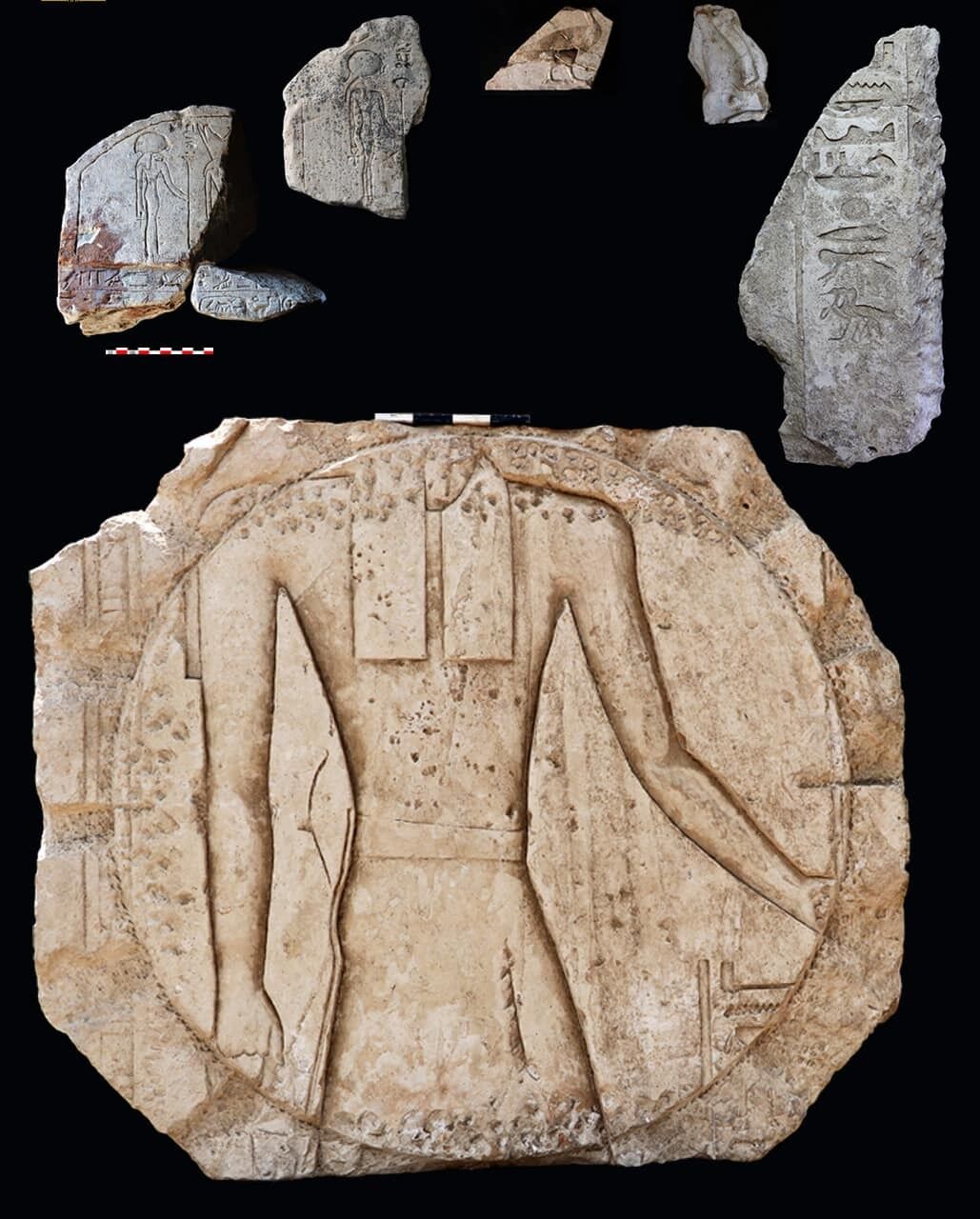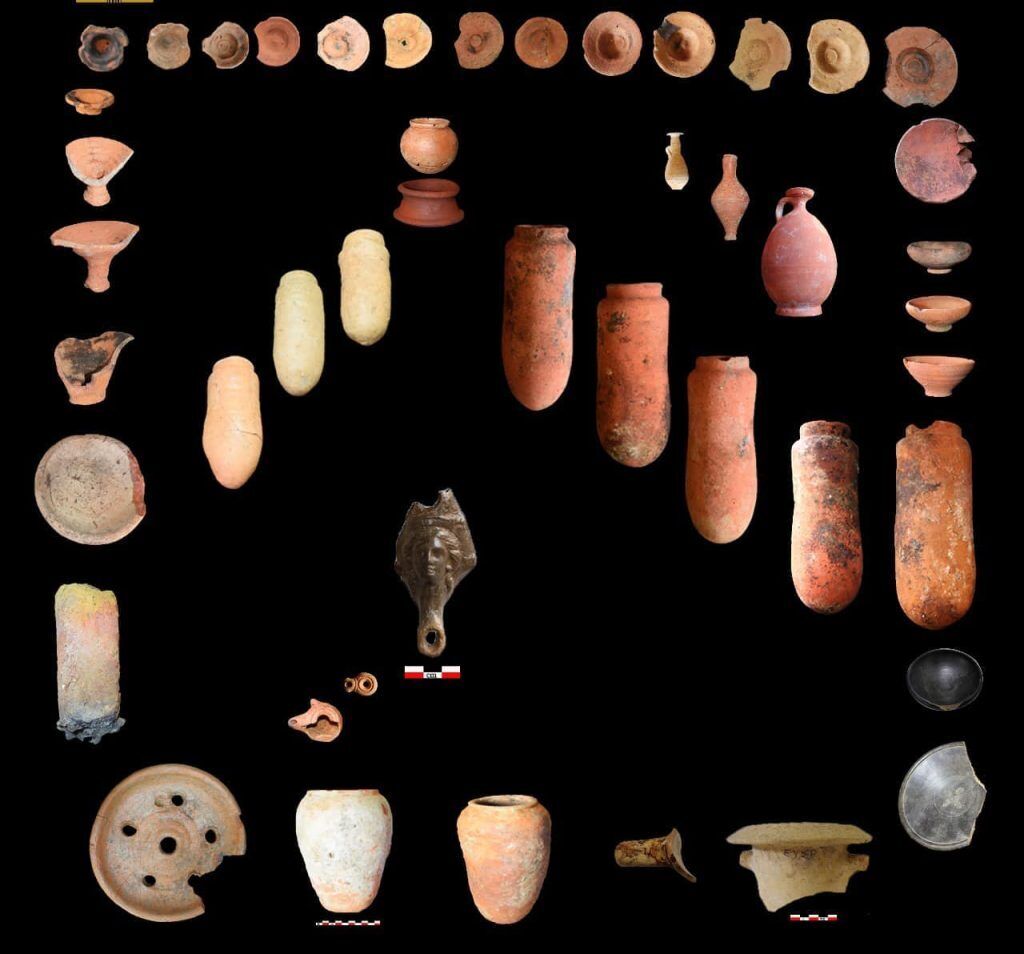News
The largest astronomical observatory from the 6th century BC has been discovered in Egypt. Why this discovery is very important for archaeologists
Archaeologists in Egypt have discovered the first and greatest astronomical observatory from the 6th century BC. The find was discovered in the temple of Buto, located in the governorate of Kafr el-Sheikh.
According to scientists, the observatory, made of clay bricks, was crucial for observing the movement of the sun and stars. This amazing discovery demonstrates the ancient Egyptians' deep understanding and skill in astronomy, writes Arkeonews.
"It highlights the advanced astronomical knowledge of the ancient Egyptians, including their ability to determine the solar calendar and important religious and agricultural dates," said Mohamed Ismail Khaled, secretary general of the Supreme Council of Antiquities.
The observatory's structure provides a glimpse of the sophisticated methods the ancient Egyptians used with simple instruments.
Ayman Ashmawy, head of the Egyptian Antiquities Sector at the Supreme Council of Antiquities, said that the building of the astronomical observatory covers about 850 square meters. It consists of an east-facing entrance with a central columned hall open in an "L" shape, he said. And in front of it rises a huge mud brick wall with an inward slope, reminiscent of the style of Egyptian structures known as temple entrances.
Researchers found four mud-brick rooms and a small stone room that was an observatory tower.
Among the key discoveries are rare slanted stone sundials called shadow clocks. This sundial consists of a series of straight limestone slabs 4.80 meters long that were used to measure the shadow and angle of the sun, making it easier to track the movements of the celestial body throughout the day.
The work uncovered numerous artifacts, including a statue from the 26th Dynasty, a Merkhet measuring tool, and various religious objects and ceramics related to daily life and rituals.
According to experts from Egypt's Ministry of Tourism and Antiquities, the discovery underscores the value of Egyptian archaeological efforts in revealing new facets of the nation's rich past and offers a deeper understanding of the scientific and religious practices of the ancient Egyptians.
Only verified information from us in Telegram-channel OBOZ.UA and Viber. Do not fall for fakes!





























